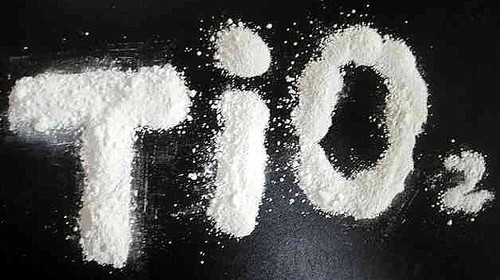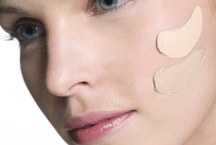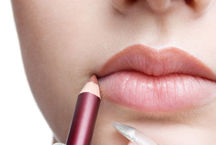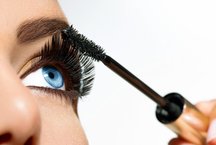
What is titanium dioxide, few know, mostly - chemists and technologists. But they saw it all. TiO2 is used by painters and painters, cosmetologists and food specialists; it is approved for use as a food additive E171. It is also the main active ingredient of sunscreens and gives a bright white color to unpainted soap varieties.
Not so long ago, the data on the toxicity of titanium oxide were unambiguous: "a substance is harmless in any doses." Titanium dioxide does not dissolve in the gastrointestinal tract and is not absorbed into the blood. Nevertheless, there are data on occupational diseases of people working in dusty conditions with particles of titanium oxide.
Recently, journalists have paid attention to scientific publications about the carcinogenic and mutagenic effects of titanium dioxide nanoparticles on mice and have erupted into a series of emotional publications, the tone of which borders on panic. Let's try to share emotions and facts.
What does science say about the toxicity of titanium dioxide nanoparticles?
Hungry for details can refer to the original articles of the authors: Robert Schiestl (USA), Chen J., Dong X., Zhao J. (China) or read a review of physicians from Kazan Fatkhuddinova L.M., Khallyulina TO. and Zalyalova R.R. The rest provide our conclusions from the work of physicians and biologists.
Scientists experimentally confirmed the peculiarities of the metabolism of substances in the form of tiny particles. Nanoparticles occupy an intermediate position in size (less than 0.0001 mm) between the atoms or ions of substances and the usual microparticles of powders, usually measuring from 0.001 to 0.1 mm. Insoluble micropowders harm only the lungs and eyes. They do not enter the blood, they do not move around the organs and do not chemically damage them.
Another thing - nanopowders. They can enter the blood (the easiest way - through the lungs), and from it - into the organs and interact with the components of the cells. In one of the experiments after intravenous administration to mice of titanium dioxide nanopowder at a dose of 5 μg / kg, particles were subsequently found in the lungs, liver, kidneys and spleen. No obvious signs of toxicity have been identified. On the other hand, facts of damage to cells of the lung tissue when mice inhaled titanium dioxide in high concentrations were established.
There were cases of damage to the DNA and chromosomes of mice that received TiO2 nanoparticles with drinking water in quantities that mimic the "titanium load" of personnel employed in the production of titanium oxide powders for one and a half years. The possibility of penetration of nanoparticles into the blood through intact skin by scientists is not detected.
Is there any harm to titanium dioxide when using cosmetics and in soap? Findings:

- Titanium dioxide in the form of nanoparticles is not completely harmless and can cause disease under certain conditions.
- The biological activity of nanometer-sized titanium oxide particles requires further study.
- The risk of a significant amount of titanium dioxide nanoparticles entering the blood from cosmetics and soap theoretically exists, but the likelihood of this is so small that it is not necessary to abandon their use.
- Their sunscreens are best to choose those that leave a noticeable mark on the skin. They contain titanium dioxide not in the form of nanoparticles, but in the form of a coarser powder. And sun-powders, which are easy to inhale by chance, should not be used at all.




